History
-
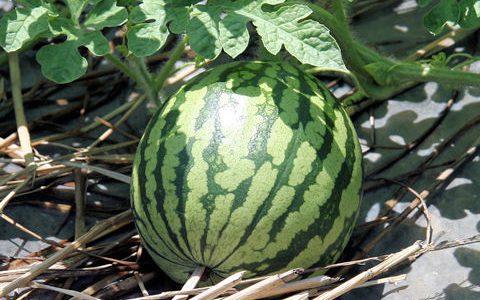
I love all summer fruit, but one of my favorites has to be the watermelon. Good thing I live in the South! It’s easy to find them here, and they taste great. But that was not always the case. Atlas Obscura has an interesting story about the history of the watermelon and how it was…
-

The Little Ice Age (LIA) was a historical period and climatic phase that overlapped with the late-medieval and early modern periods, and was characterized by a cold climate that is often associated with a reduction in solar activity. The LIA increasingly interests historians – academic and popular alike, and they have tied the LIA to the…
-
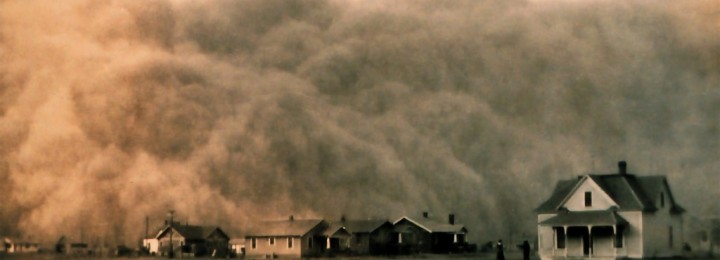
A friend of mine posted this article from Fee.org this week and made me think. There is no doubt that the Dust Bowl was precipitated (or maybe in this case, non-precipitated) by an extreme climate event which caused a multi-year drought and hot conditions. But there is also no doubt that human policies on how…
-
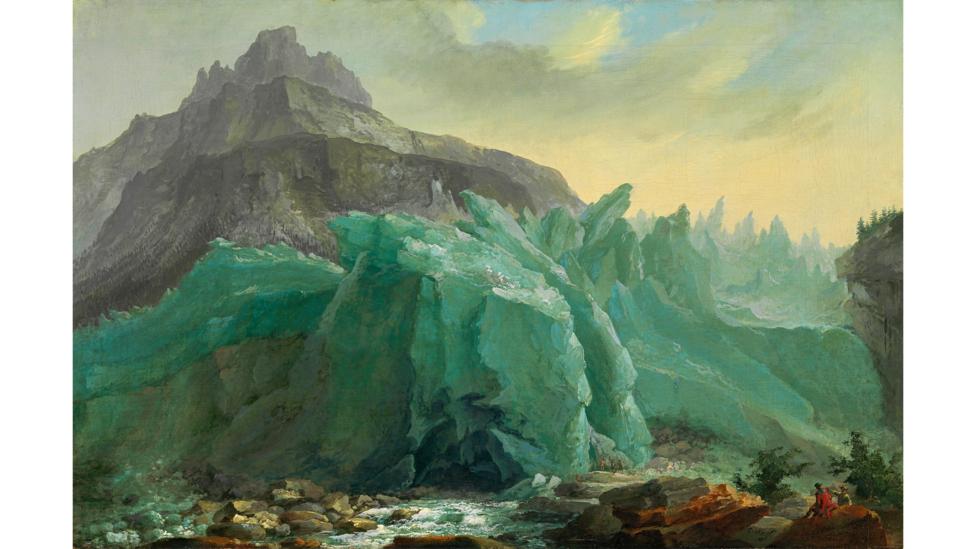
If you like to look at historical paintings, you may notice that they often provide information about the local weather or climate, especially if they are landscape paintings. Art historians have noticed that portrayals of nature have changed over time in response to the changing climate. For example, a painting of a glacier may reveal…
-
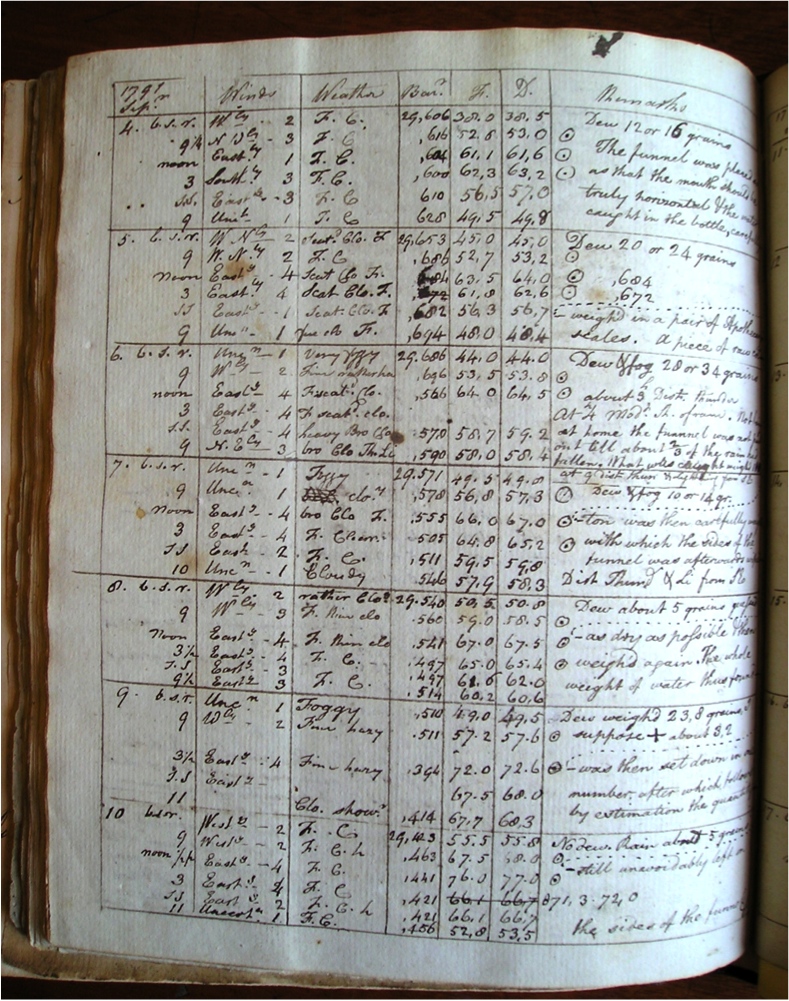
In the past few years I have enjoyed dipping into the UGA Special Collections Library and viewing some old diaries of settlers in coastal Georgia and Carolina from the early days of the colony. As farmers, they were very aware of the weather around them and how it affected their crops. This is the science…
-
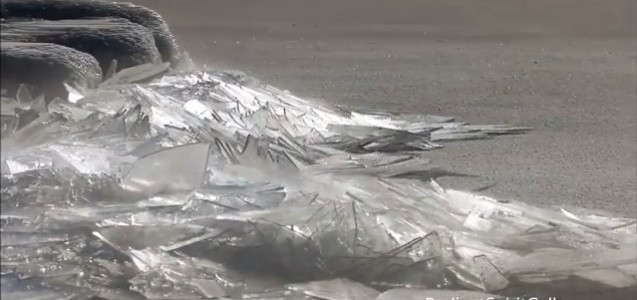
Often people who talk to me about climate change mention the Little Ice Age, which occurred in the 1500s through 1800s and is associated with a lack of sunspots on the Sun. Many people think that the Little Ice Age was a period of cold around the globe, but recent research has shown that while…
-
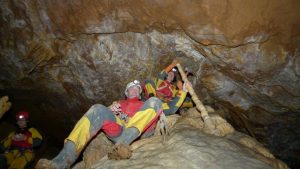
Proxy data like tree rings, pollen cores from lakes, and ice cores from glaciers can help scientists decipher the long-range climate history of a location by figuring out how the patterns of pollen or tree rings relate to the temperature and precipitation at the time they were laid down. Cave mineral deposits called “flowstones”(you probably…